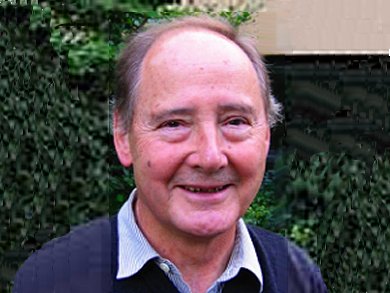Professor Wolfgang Krätschmer, Max-Planck Institute for Nuclear Physics, Heidelberg, Germany, celebrates his 70th birthday on November 16, 2012. Krätschmer is best known for the development of a procedure to synthesize fullerenes, which allowed macroscopic quantities of C60 to be obtained for the first time. The technique utilizes resistive heating of evaporating graphite electrodes. The soot produced from the electrodes contains a few percent by weight of C60, which can then be extracted with benzene. Production of gram-quantities of fullerenes through this method opened up a new field of research leading to functionalized fullerenes, atoms encapsulated within fullerenes, and multiple applications in materials science, electronics, and nanotechnology.
Wolfgang Krätschmer studied physics at the University of Heidelberg, Germany, and gained his Ph.D. in 1971. From 1971–1977, he was a research scientist at the Max-Planck Institute for Nuclear Physics, Heidelberg, Germany. From 1977–1978, he was a visiting researcher in the group of Donald Huffman at the University of Arizona, USA, and with Roger Knacke, Stony Brook State University, New York, USA.
He is currently leader of the group Carbon Molecules and Fullerenes at the Max-Planck Institute for Nuclear Physics and Honorary Professor at the University of Heidelberg, Germany.
Krätschmer’s early research focused on interstellar dust, in particular, infrared and UV spectra of astrophysically important refractory dust materials and ices, graphitic particles, and small and large molecular carbon clusters. Since 1990, his research has been increasingly focused on fullerenes, fullerene derivatives, and carbon molecules.
- Endohedral Cluster Compounds: Inclusion of Helium within C60•+ and C70•+ through Collision Experiments,
Thomas Weiske, Diethard K. Böhme, Jan Hrušák, Wolfgang Krätschmer, Helmut Schwarz,
Angew. Chem. Int. Ed.1991, 30(7), 884–886.
DOI: 10.1002/anie.199108841
Also of interest:
- Symmetry, Space, Stars, and C60 (Nobel Lecture),
Harold Kroto,
Angew. Chem. Int. Ed. 1997, 36(15), 1578–1593.
DOI: 10.1002/anie.199715781




